EDMONTON—How long does an animal live and reproduce in the wild before it can be termed wild?
This question is being debated in Alberta, where an organization dedicated to the conservation and humane treatment of the province’s free-roaming horses wants the animals given a special designation.
“They are not truly wildlife in one point, but they are not livestock either,” says Bob Henderson, president of the Wild Horses of Alberta Society (WHOAS).
“They’re wild, free-roaming horses and we should recognize them and acknowledge them the way the United States has, as part of our heritage and part of our Western culture.”
WHOAS has sent DNA samples of the horses to the Equine Genetics Lab at the University of Texas to determine if the horses have developed into a distinct breed because of their isolation.
If the horses are afforded a distinct identification, Henderson believes WHOAS can lobby more effectively for better and more enforceable laws to properly protect the horses, which roam in the foothills west of Rocky Mountain House and Sundre, as well as south of there to the Alberta-U.S. border.
Alberta’s free-roaming horses tend to be viewed as pests as they represent no financial value, Henderson says. They have also been blamed for eating cattle graze, a claim he says is unproven, leading to the mentality that they should be eradicated.
In January, three adults and a youth were arrested in connection to the shooting of a horse sometime last year.
“The evidence we have points certainly to the one case and we’re still investigating and gathering evidence with respect to all the other shootings,” says Corporal David Heaslip, a livestock investigator for the RCMP.
There could be different reasons behind the shootings, says Heaslip. Some people are just “trigger-happy” and think that because they have a gun they should shoot something. Others might think the horses are encroaching upon grazing land, or want to use them as bait for wolves.
Horses’ origins
Before becoming extinct thousands of years ago, wild horse species once roamed throughout North America. Today, the horses found on this continent are descended from those brought by Spanish soldiers and explorers in the 16th century.
“There have been maps prepared of the gradual movement north of the introduction of horses into First Nations culture about 300 or so years ago,” says Ealey.
According to SRD, most of these horses were brought into the province in the early 1900s to be used for logging and mining operations; once the operations ended, the horses were turned loose.
The active component of the release of domesticated horses which sustained these free-roaming herds led to the province determining them to be feral animals, Ealey says.
Feral horses in Alberta are protected under the Stray Animals Act and the Horse Capture Program. Shooting or hunting horses is illegal under the Criminal Code.
But Henderson believes referring to the horses as feral or stray feeds into the mindset that they are “just garbage” and anybody can harm them.
“We don’t believe the regulations as they are now afford the horses proper and adequate protection,” says the retired Calgary police officer.
WHOAS' research, conducted by studying archives and journals of early explorers, shows the herds of horses have existed in the province for at least 200 years.
“When the North-West Mounted Police arrived in Alberta, they documented thousands of wild horses roaming the prairies of Alberta. That was in the 1870s,” Henderson says.
“When we went researching back we found early explorers and some missionaries documented the horses in the 1850s, and as early as 1805 was the earliest we could find any documentation of the white man of the horses in Alberta.”
Some management necessary
“It’s based mostly on old prejudices and ideas of self-invested groups, how the government perceives the horses.”
In 2008, WHOAS sought a moratorium on the province’s seasonal capture of wild horses for a minimum of one year, but to no avail. They wanted to study the herds, believing the foal mortality rate was unusually high.
Ealey says some management of the horses is deemed necessary when their presence impacts other interests and values, such as wrangle and grazing by traditional livestock. But the province would not allow their capture unless surveys showed their population had declined to around 200, he notes.
“The number of horses has reached around 650 and clearly they are doing well in some parts of their foothills range.”
Treating the horses as wildlife, adds Ealey, is not appropriate given that domestic horses continue to escape or be released from ranches and farms near and along the Eastern Slopes.
According to WHOAS, ranchers would like the horses cleared out so there is more grazing for the cattle that run free on grazing leases during the summer months. Logging companies also view them as a nuisance in the forest reserves, as do the oil companies, it says.
The organization is urging Albertans to engage in phone-call and letter-writing campaigns to the government and to forestry and oil companies to intervene for more protection for the horses.
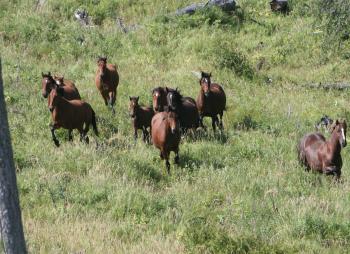

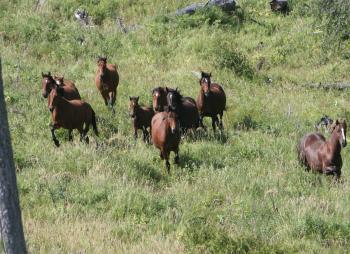
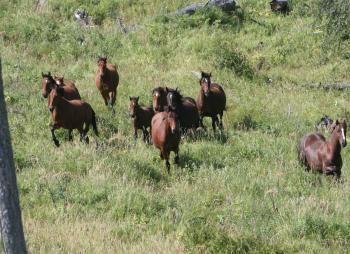
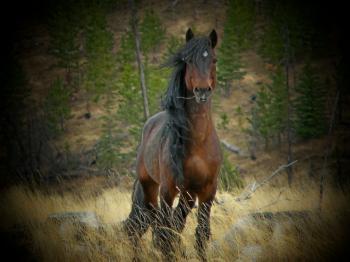
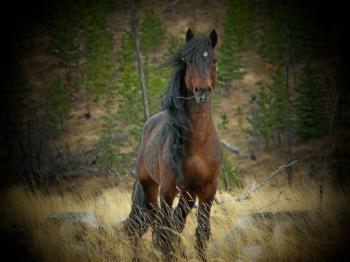
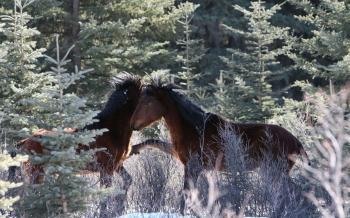
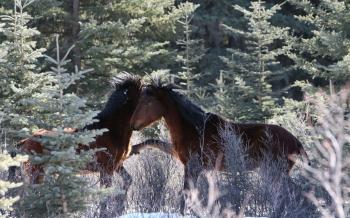
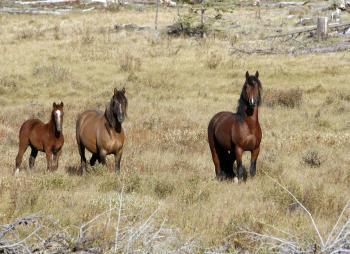
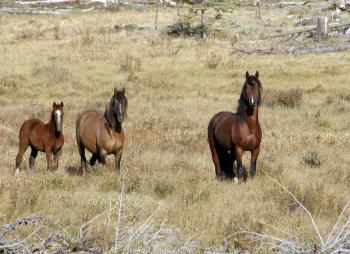
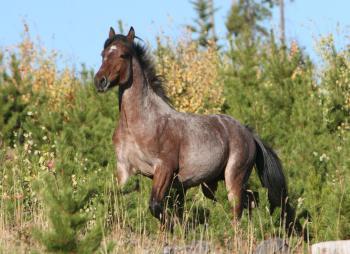
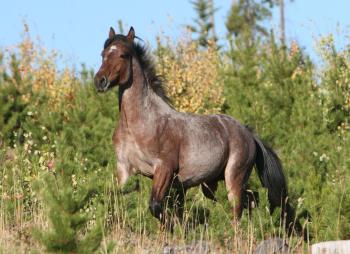




Friends Read Free